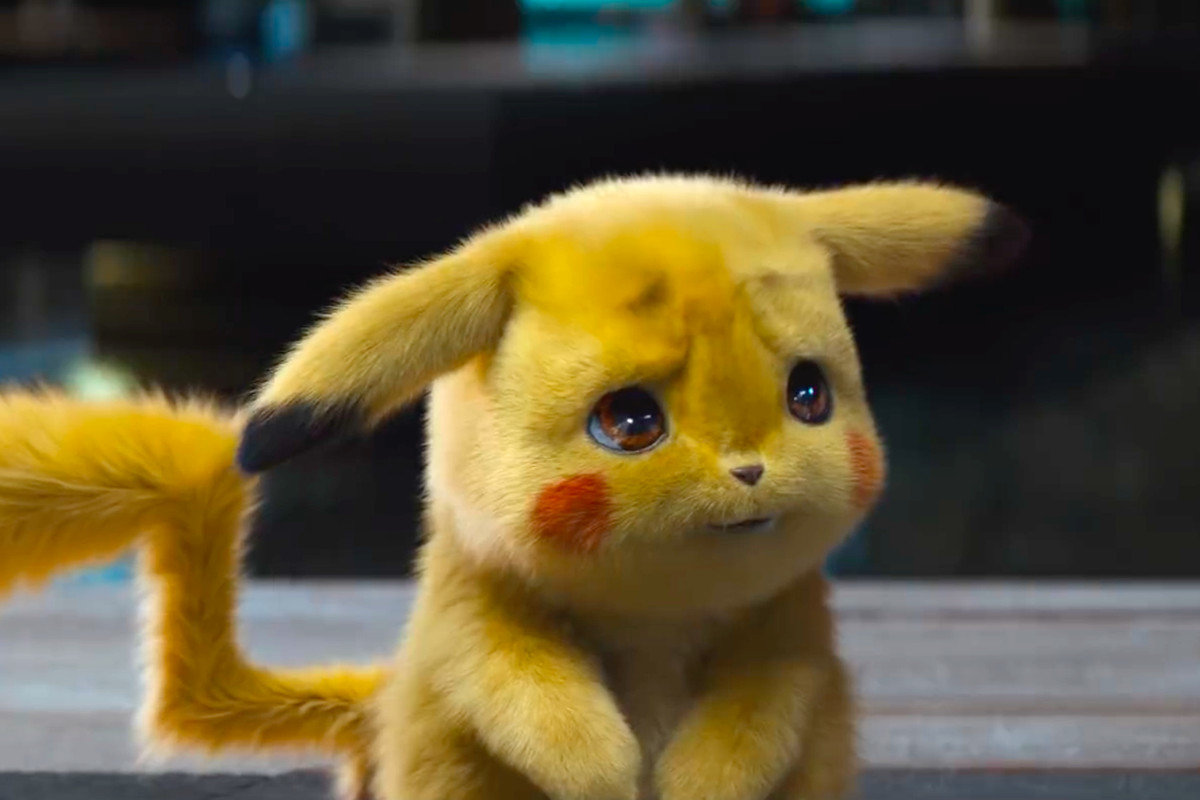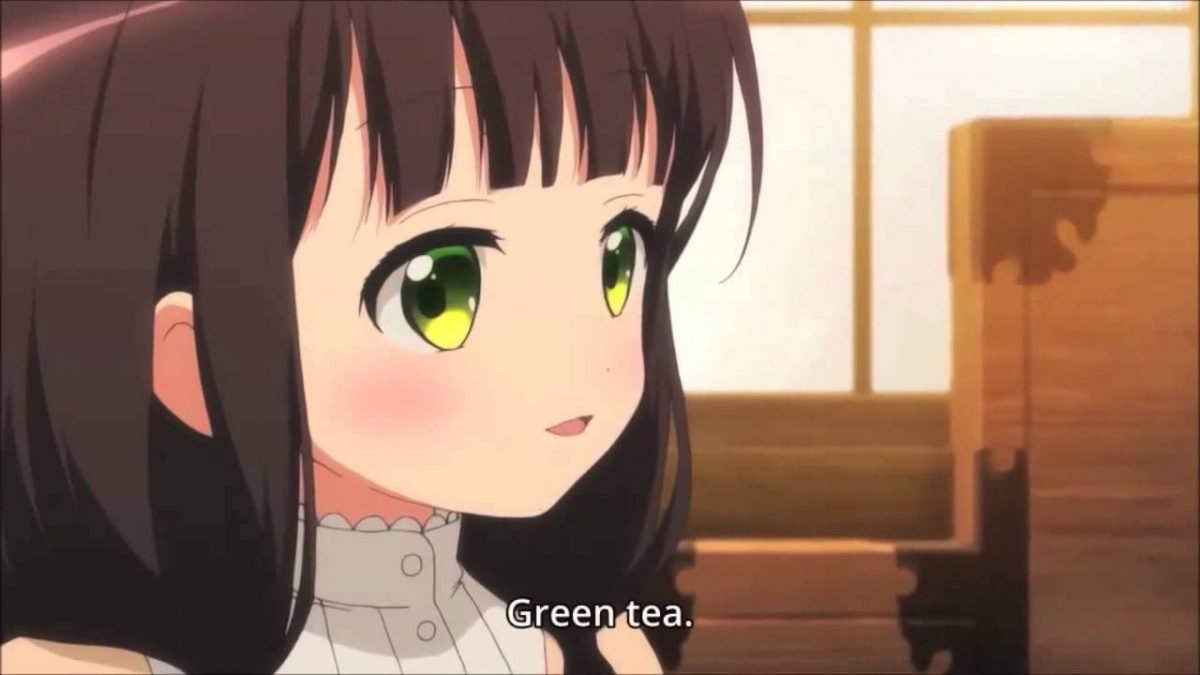
I’ve really enjoyed my nearly three decades in Japan, learning Japanese and getting to know Japan and its culture as well as I can. Along the way I developed an appreciation for the many varieties of tea the Japanese drink almost on a daily basis. In case you’d like to know more, here’s a post about the Joy of Japanese tea, because even I can’t write about hentai every day.
Yesterday’s post discussed why Japanese tend to be thinner than people in Western countries, especially the U.S. One of the reasons for the improved health of the Japanese is that they rarely drink sweetened cola, preferring instead to reach for bottled Japanese or Asian teas with no sugar.
This Japanese obsession with tea translates into a huge market for bottled tea, and if you visit a Japanese convenience store you’ll be bowled over by the 30-40 varieties of tea in the refrigerator, compared with only a few options for Coca-Cola, Fanta or other sweet soft drinks. The only thing I can compare it to is the cereal aisle in American supermarkets, which overflow with a hundred or so varieties of breakfast cereal. I guess you can tell a lot about a country by what they stock a lot of in stores.
https://twitter.com/jlist/status/984690144455278592
Tea in Japan is referred to as 御茶 o-cha, with the o at the front serving as a general honorific term that’s put on the front of any word that’s close to the hearts of the Japanese. Other words that get this honorific prefix include お金 okane (money), お風呂 o-furo (a bath), and family members that are older than you, e.g. Oniisan, Okaasan. The o prefix is pronounced go in some cases but it’s exactly the same thing.
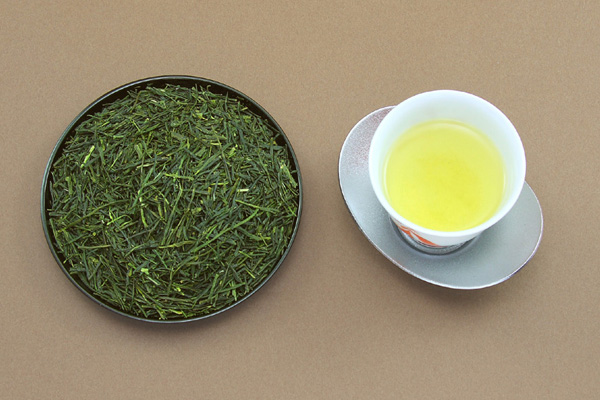
Several Varieties of Green Tea
The general word for green tea is 緑茶 ryokucha, and naturally there are many varieties to choose from. The most common kind of green tea is 煎茶 sencha, a weak tea you can drink all day long.
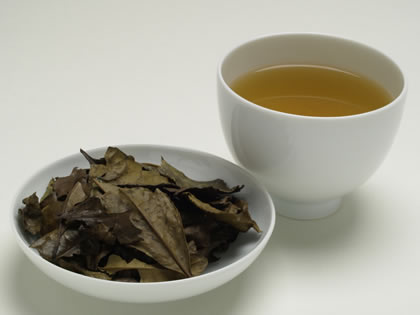
Bancha (番茶) is a lower grade of “green” tea (though it appears brown) tea that’s also popular.
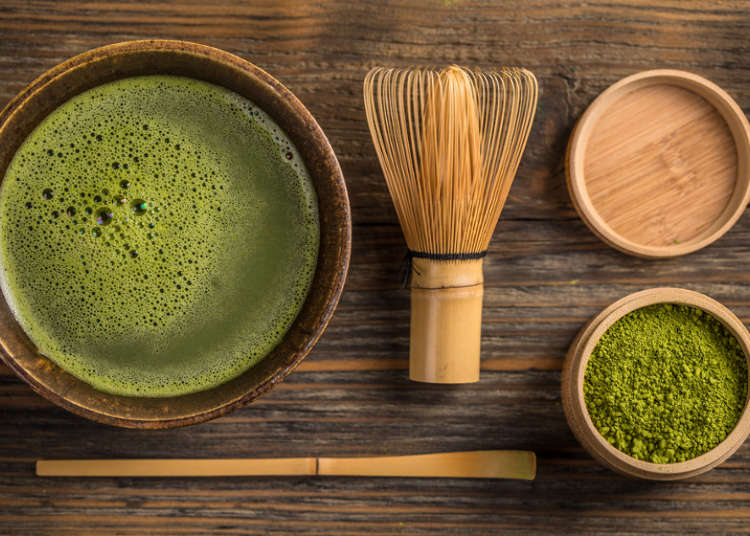
Matcha (抹茶) is a very different kind of tea which is the most famous outside of Japan, as people develop a taste for the slightly bitter flavor. Originally used in Japanese tea ceremony, it’s found its way into everything from ice cream to Kit Kat to Baumkuchen cakes.
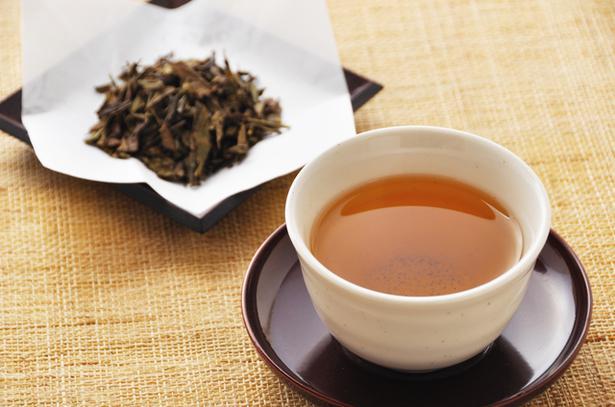
Houjicha (ほうじ茶) is another favorite, which takes green tea leaves and roasts them for a pleasant flavor and brown color. My mother-in-law drinks it all the time.
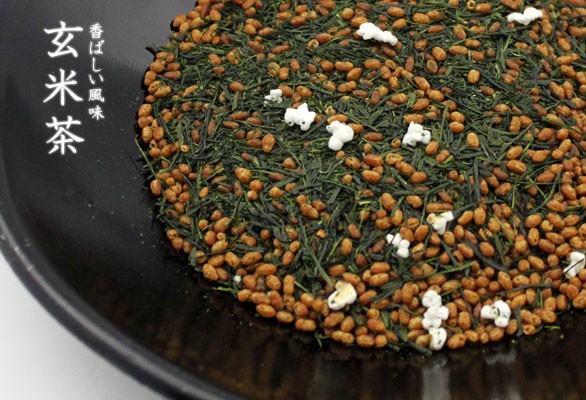
Genmaicha (玄米茶) mixes green tea leaves with roasted unhusked rice, and it’s got a unique flavor that’s quite delicious. Sometimes the roasting process causes the rice to “pop” like popcorn.
Other Asian Teas Popular in Japan
The most popular tea consumed in Japan might be Oolong tea (烏龍茶), a refreshing tea popular all over Asia. Suntory has mastered the art of marketing bottled Oolong tea using songs the Japanese know, but sung in Chinese, to capture the “authentic-ness” of their tea.
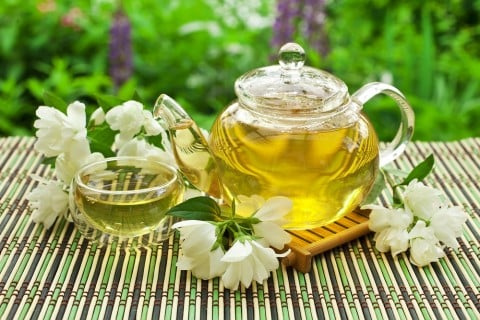
Naturally, Jasmine tea is popular in Japan. It’s my wife’s favorite kind of tea.
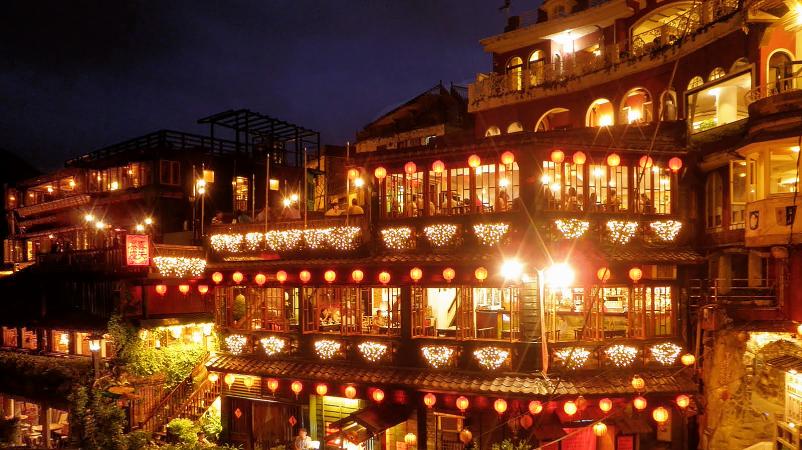
Pu-erh cha (プーアル茶) is one of my favorite kinds of Chinese tea, a healthy brown tea that has a moderate flavor and low caffeine. One of the best things about visiting Taiwan and buying 高山茶 (alternately pronounced kozan-cha or takayama-cha), or having it served in Taiwanese tea ceremony.
Genpicha (減肥茶) is a related Chinese tea specifically consumed to help with weight loss. I think it makes you poop more than you otherwise would.
Western Teas

If you’ve watched any anime with British characters, you’ll know the Japanese have a great love of all Western teas and depict every British person as holding a cup of tea every moment of the day. Collectively all black teas are known as 紅茶 koucha, which means “red tea.”
Did you know that green tea and black tea both come from the same tea leaves (camellia sinensis)? It’s true. The difference in flavor comes from the fact that black tea is fermented while green tea is not.
Non-Tea Teas
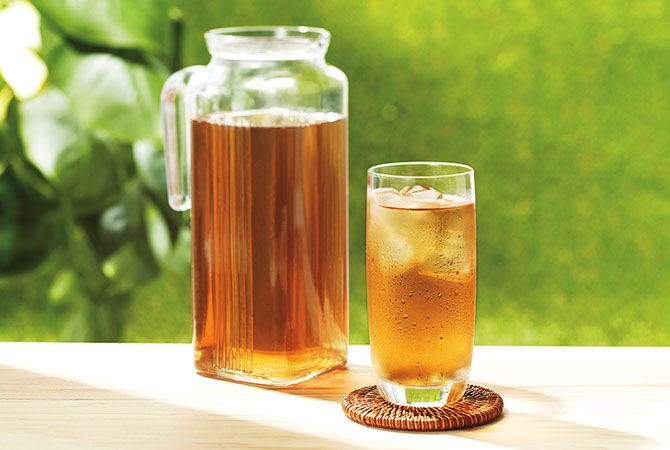
Some teas the Japanese drink are not tea at all. One of the most popular drinks in Japan (and Korea) in the summer is 麦茶 mugi-cha or barley tea, tea made from ground up roasted barley. It’s refreshing to drink all summer long, and it’s a diuretic, so it makes you pass more urine than you otherwise would, which is said to be good for health.

The Japanese are surprised at the worldwide explosion in the popularity of kombucha (昆布茶), a “tea” made from seaweed kelp. Like Teriyaki (a word you rarely encounter in Japan), it’s far more popular outside Japan than in right now.
Sweetened Teas
Do the Japanese drink sweetened teas? The answer is no, almost never. With the exception of Kirin’s Afternoon Tea brand, which comes in sweetened varieties, Japanese almost never drink sweet teas, preferring their oolong or green or barley teas 100% pure and free from sweeteners. They’re scandalized when they visit other Asian countries, where nearly all bottled teas are sold with sweetener.
How You Can Get Into Japanese Tea
If you want to reduce the amount of sugar in your life, embracing Japanese or Asian teas is a great way to start.
Got any other questions or comments about tea in Japan? Tell us on Twitter!








